Slabforge
Slabforge is an application that lets you design and print templates for slab-based ceramics based on cylinders, cones, and prisms of different shapes and sizes. This project was motivated by the fact that even simple templates for slab-building are currently time consuming to create and expensive to purchase.
Years: 2021-2022
Collaborators: Melody Horn, Amy Traylor, and Leah Buechley
Publications
Melody Horn, Amy Traylor, and Leah Buechley. 2022. Slabforge: Design Software for Slab-Based Ceramics. In Proceedings of the 2022 CHI Conference on Human Factors in Computing Systems (CHI ’22). Association for Computing Machinery, New York, NY, USA, Article 48, 1–12. https://doi.org/10.1145/3491102.3517663
Software
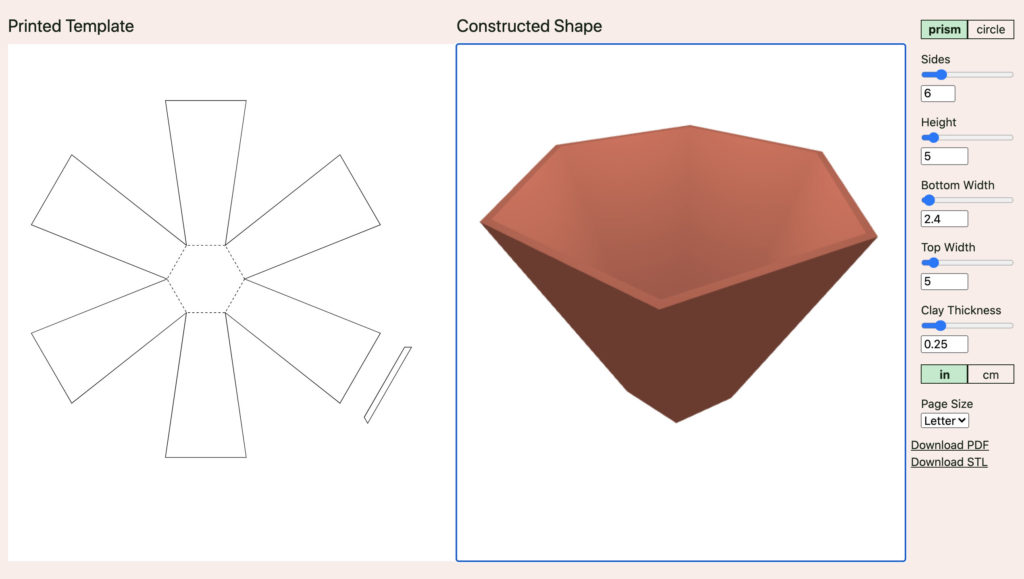
Workflow
Once a template has been designed and printed, forms are constructed by cutting a pattern out of wet clay and folding the clay into the desired shape:
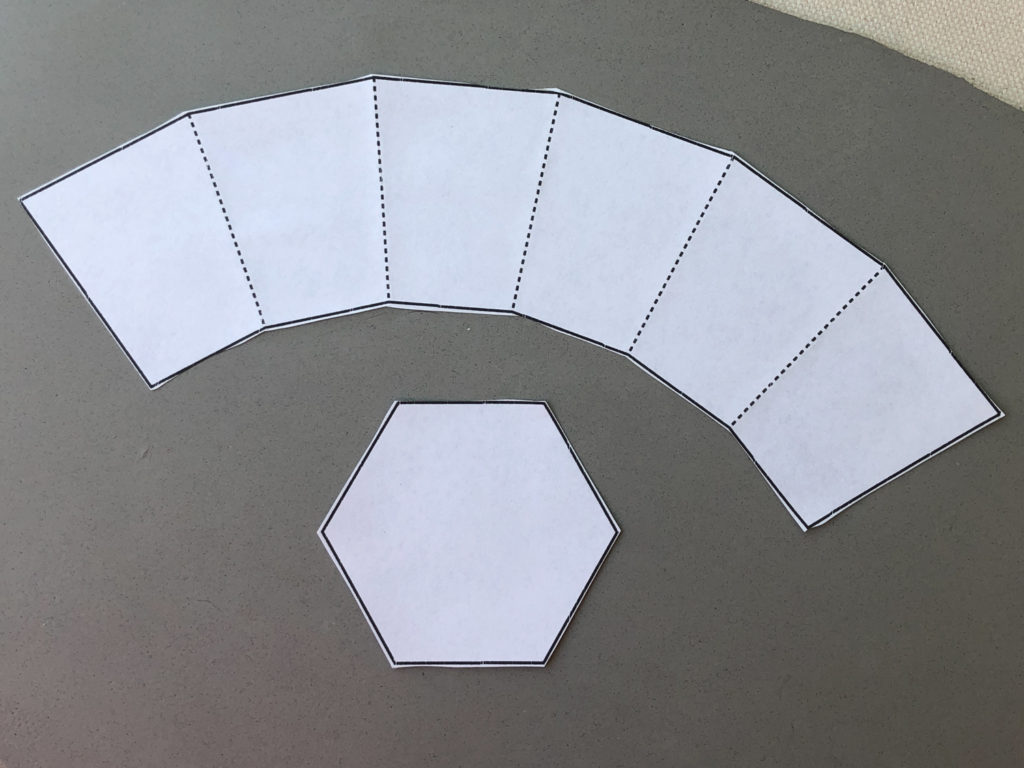
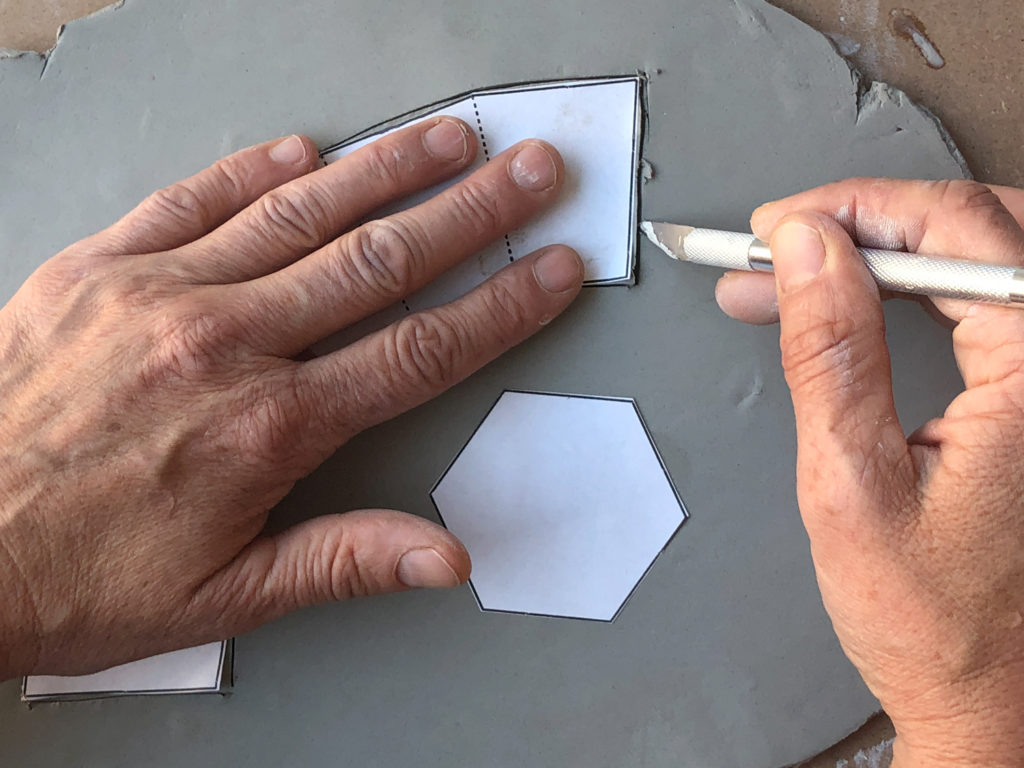
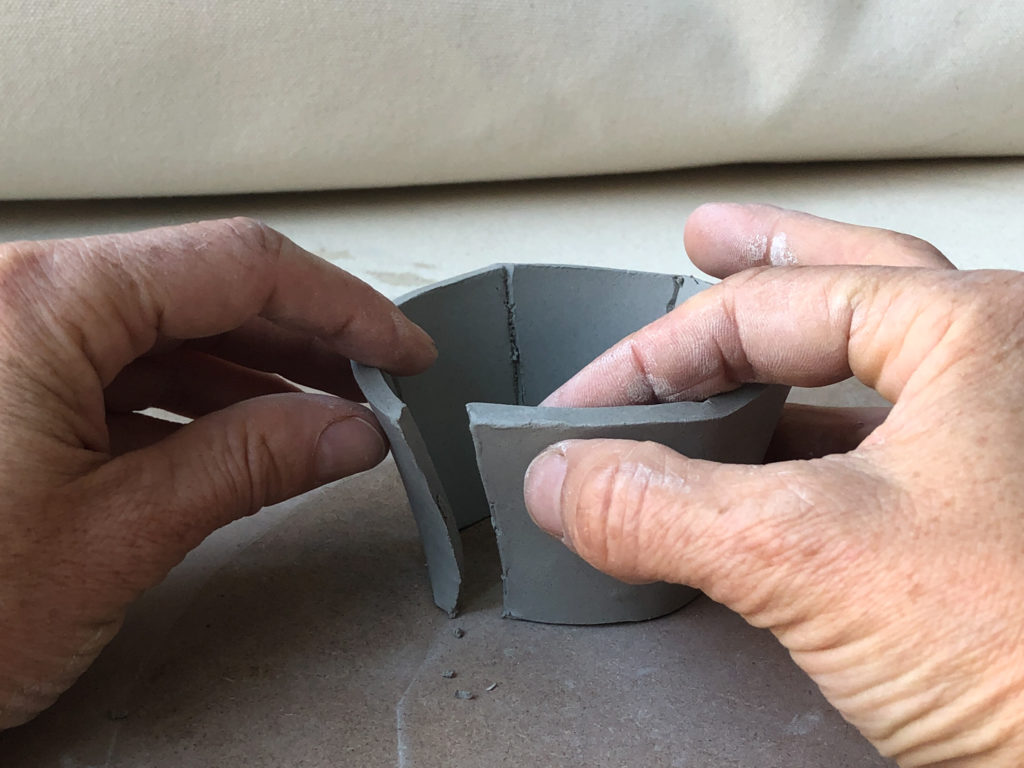
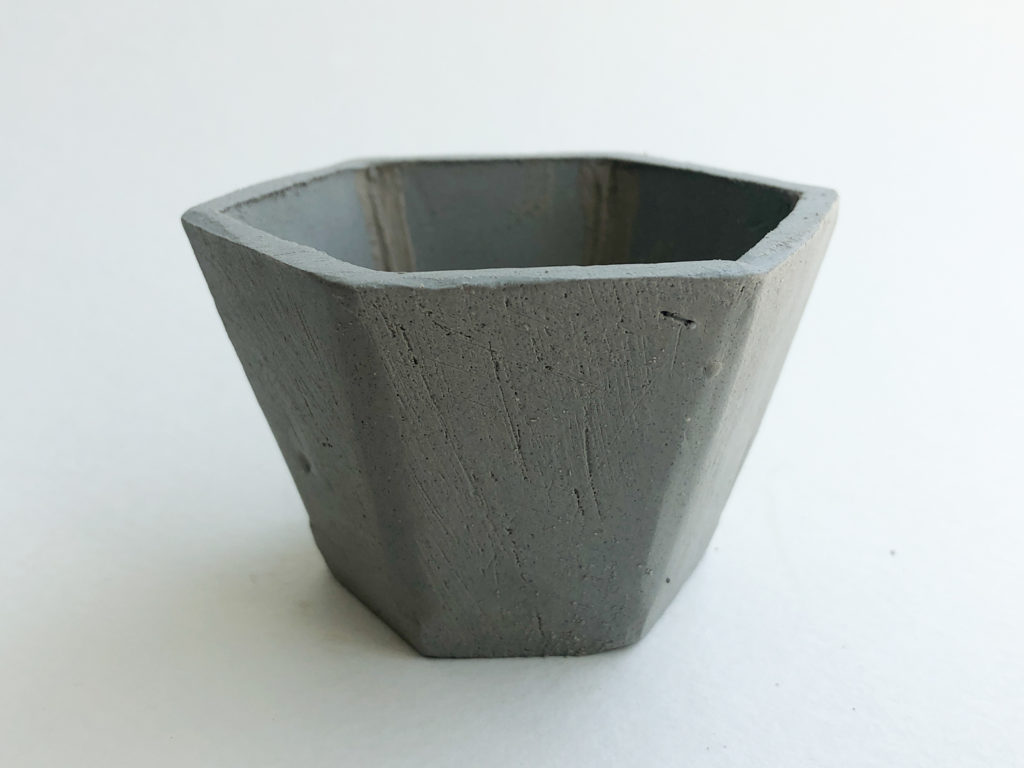
The application can also create 3D printable slump molds that match the slab templates. Molds allow for the creation of more precise shapes.
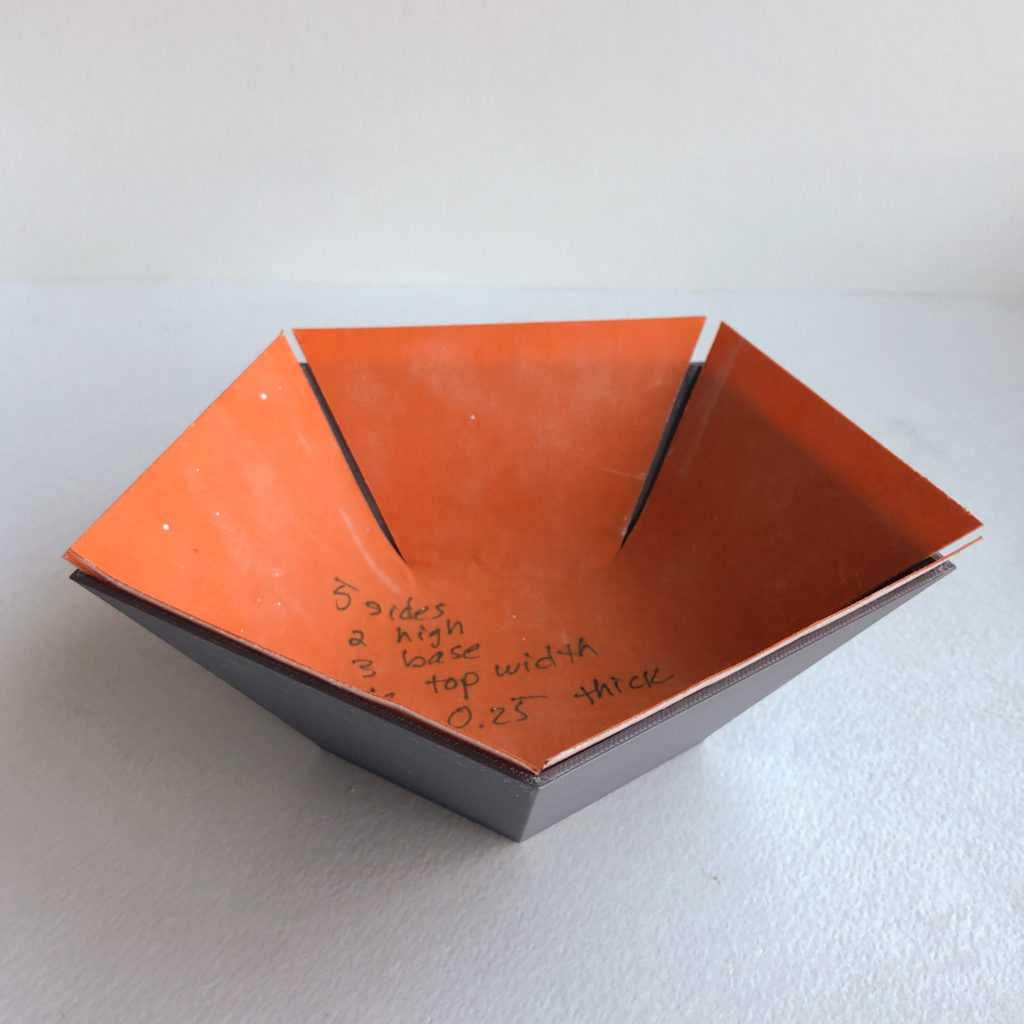
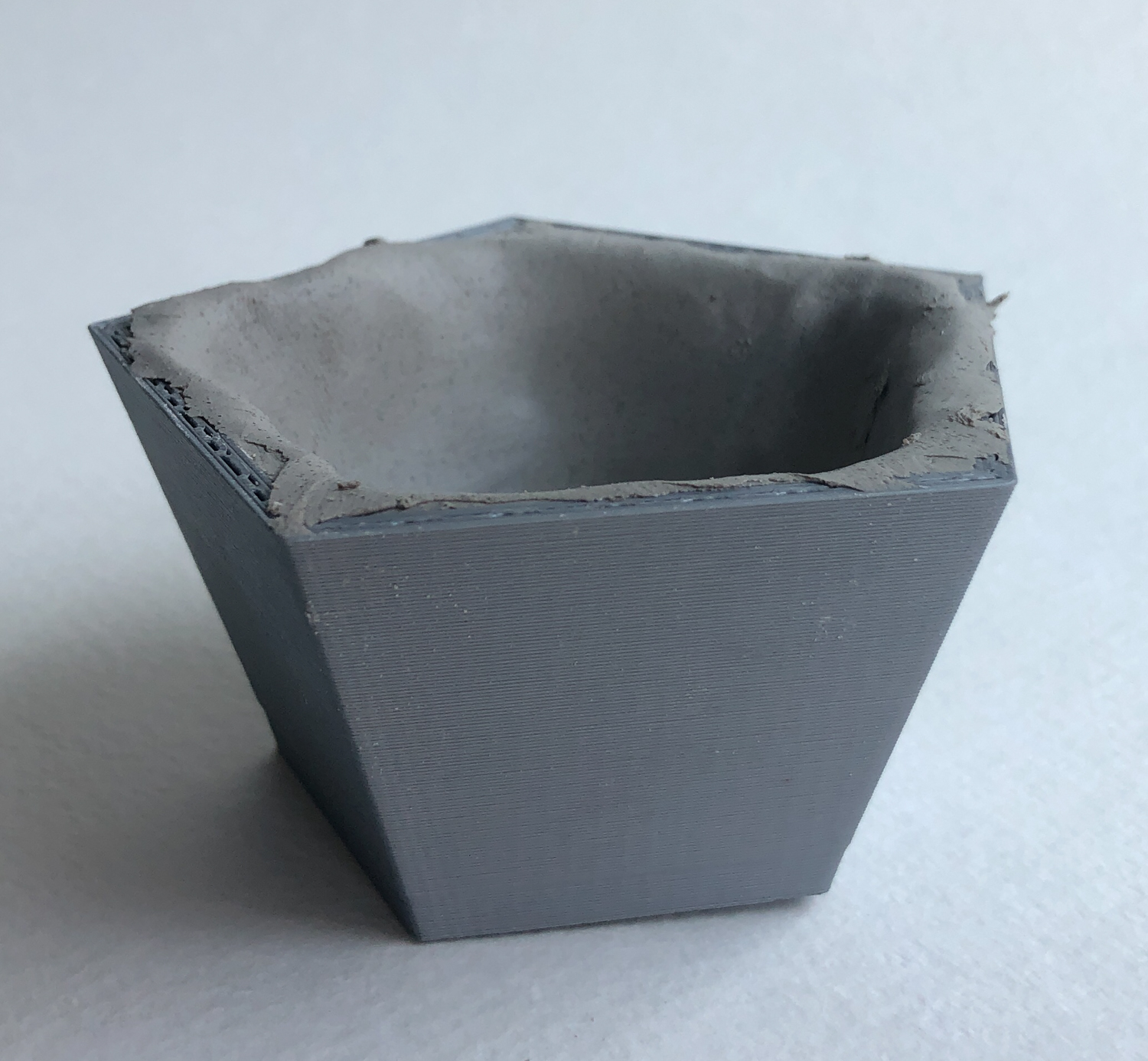
Artifacts
A collection of pieces made with slabforge:
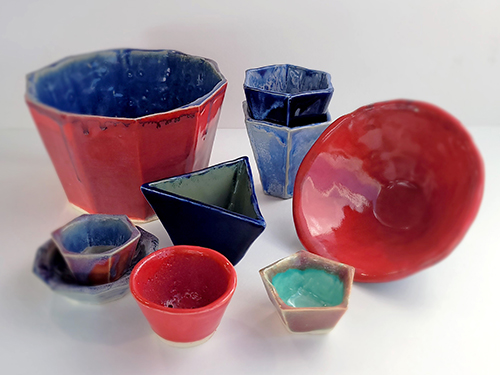
This material is based upon work supported by the National Science Foundation under Grant No. 2026218.